The best way to capture UTM Parameters in Tawk.to
Here's the best way to capture UTM parameters in Tawk.to and send them to your CRM and other tools
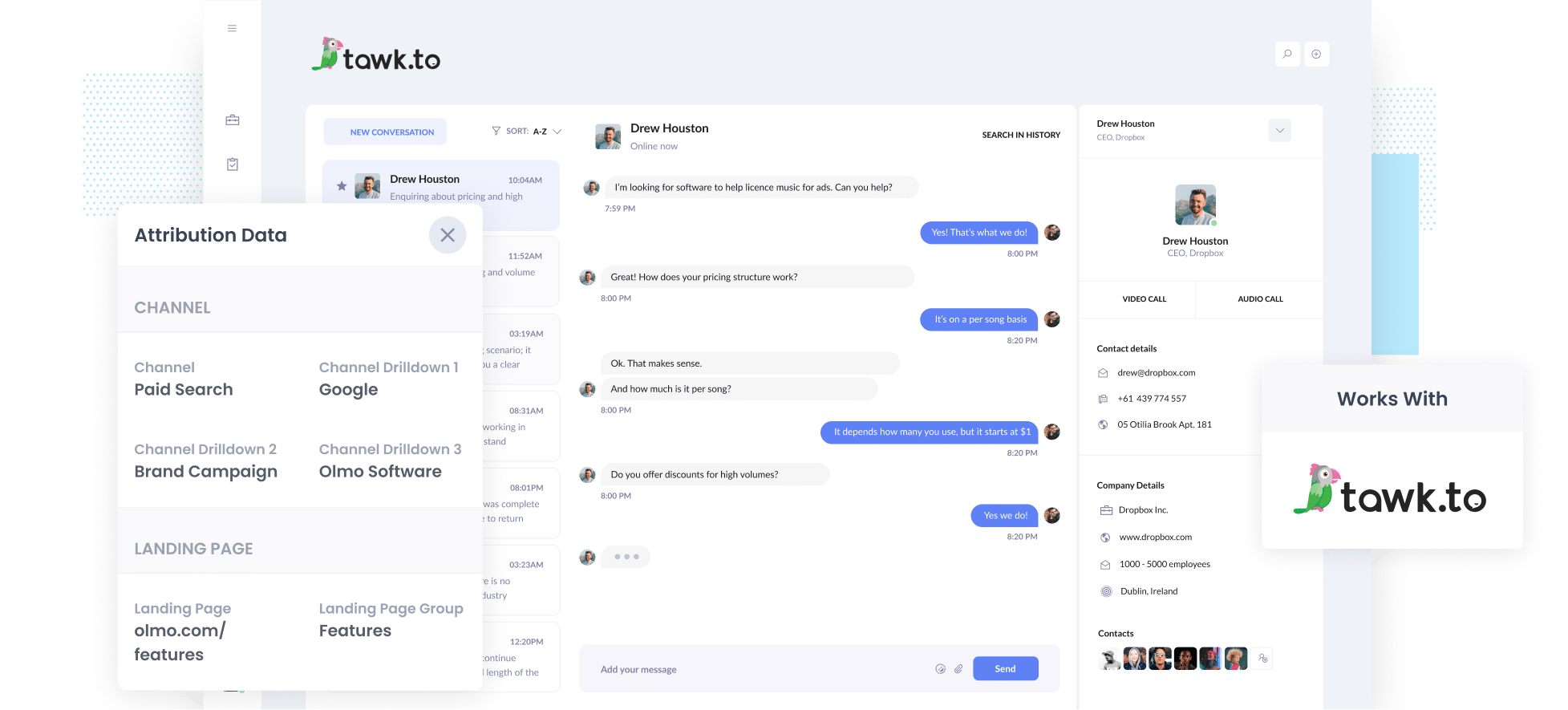
You’re investing time and money into running paid ad campaigns, but do you know which ones are bringing in leads and customers?
Google Analytics shows you how much traffic your site is getting, but it doesn’t tell you which campaigns are actually generating leads and how many of those are converting to customers and revenue.
But there’s a simple fix.
In this article, we’ll show you how to use Attributer to capture UTM parameters (and other lead source data) with every new chat in Tawk.to, so you can finally pinpoint which campaigns are delivering real results for your business.
4 simple steps for capturing UTM parameters in Tawk.to
Attributer makes it easy to capture UTM parameters in Tawk.to. Here's how to do it in 4 simple steps:
1. Install Attributer on your website
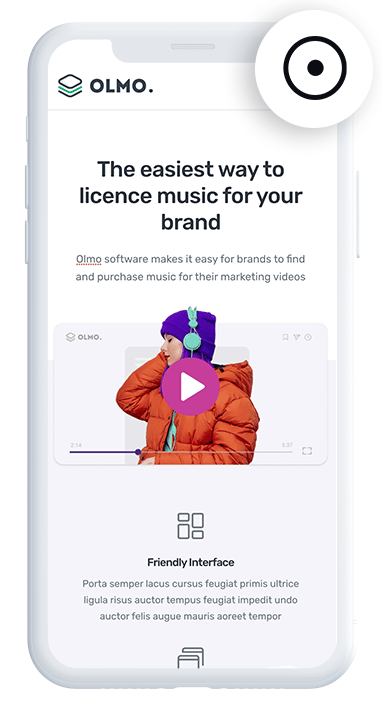
To get started, sign up for a free 14-day trial of Attributer. Once you’ve created an account, you’ll receive a small snippet of code that needs to be installed on your website.
How you add this code depends on the platform you’re using. Typically, you can add it through your website’s Settings area or use a tag manager like Google Tag Manager. Detailed, step-by-step instructions (with screenshots) for adding it to major website platforms like WordPress, Wix, Squarespace, Netlify, and others can be found here.
2. Attributer tracks where your website visitors come from
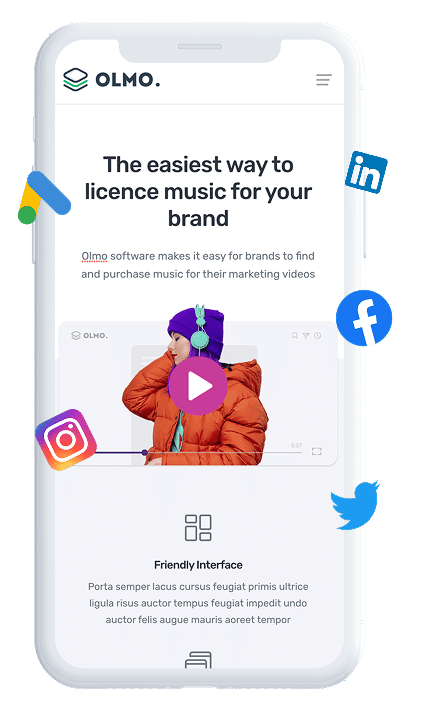
After you install Attributer, it immediately starts tracking where your website visitors are coming from and categorises them into specific Channels, just like the ones you see in Google Analytics (e.g., Paid Search, Organic Search, Paid Social, Display, etc.).
The data is then stored in the visitor’s browser, so even if they browse through your site or leave and come back later, Attributer will remember the UTM parameters they originally arrived with and pass them through when a new chat is started in Tawk.to
3. UTM parameters are passed through with each new chat
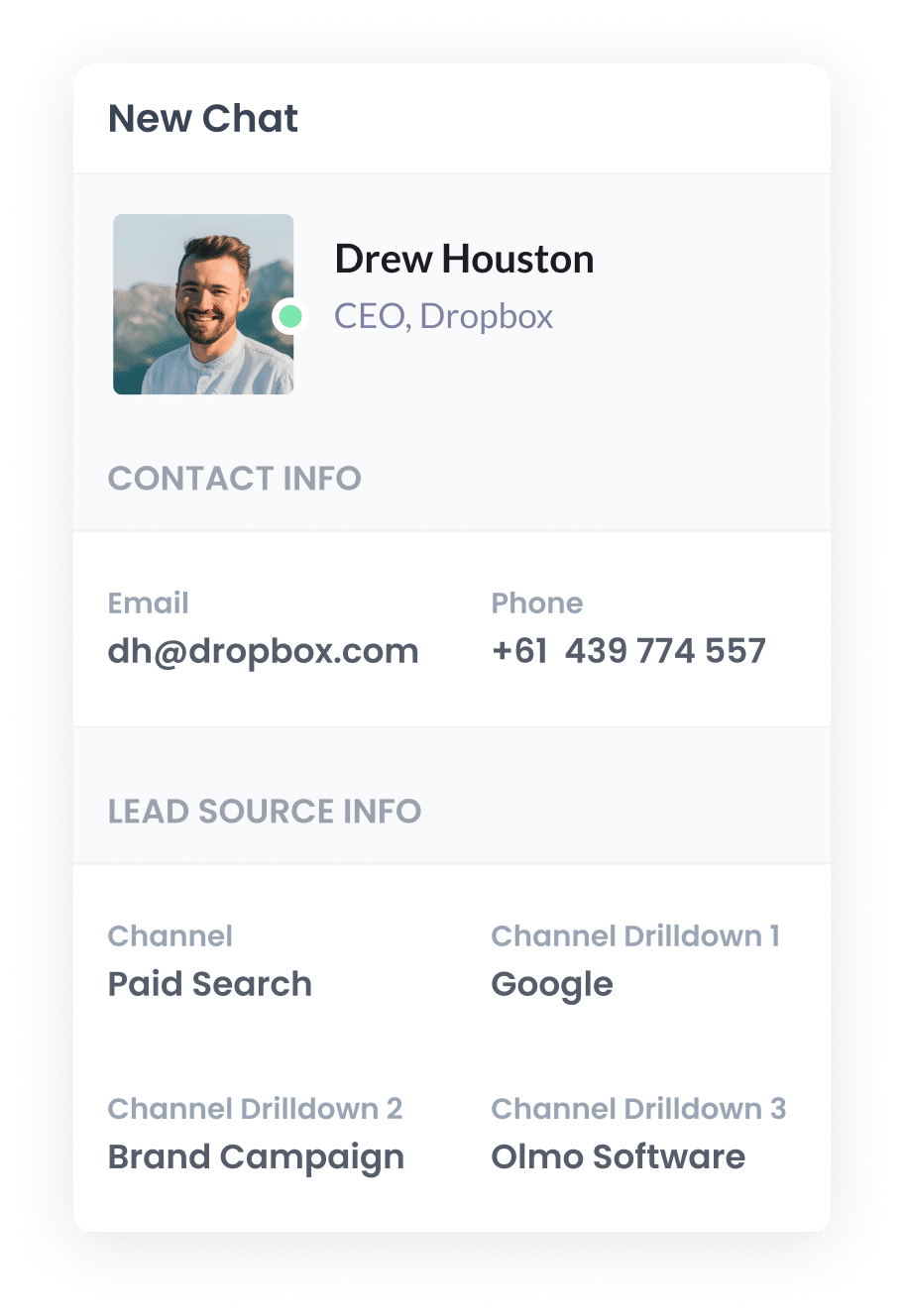
Whenever a visitor starts a chat through Tawk.to, Attributer automatically passes the UTM parameters (and other attribution data) along with the chat.
For example, imagine you’re a marketer at a company called TechHub Solutions.
A potential customer clicks on one of your Facebook ads, lands on your homepage, browses a few pages, and then starts a chat with a member of your sales team.
Depending on the UTM parameters behind the ad, Attributer would pass through the following details with the chat:
- Channel = Paid Social
- Channel Drilldown 1 = Facebook
- Channel Drilldown 2 = Brand Campaign
- Channel Drilldown 3 = TechHub Solutions
4. Send the data to your CRM and other tools

With the UTM parameters being captured with each new chat in Tawk.to, you can use this data in a variety of ways, including:
- View the UTM parameters (and other attribution data) directly within the Tawk.to chat window.
- Send the data to CRM tools like Salesforce, Hubspot, Pipedrive, Zoho CRM and more. From there, you can leverage the built-in reporting tools to analyse which campaigns, sources, etc., are driving your leads and customers.
- Use integrations like Zapier to send the data to Google Sheets or Excel. From there, you can filter and analyse the data in the sheet or connect the data to advanced tools like Looker Studio (formerly Google Data Studio) or Power BI to create charts and dashboards for your business.
Why Attributer is the best way to capture UTM parameters in Tawk.to
Here are 4 reasons why using Attributer is the best way to get UTM parameters into Tawk.to:
1. Captures all traffic
Attributer tracks the source of all your leads, not just those from paid ads with UTM parameters.
Whether a lead finds you through Organic Social, Organic Search, Direct Traffic, etc, Attributer will capture that information and pass it into Tawk.to.
This allows you to create more comprehensive reports that show where every lead is coming from, not just those tied to your paid advertising efforts.
2. Remembers the data as visitors browse your site
Other methods of capturing UTM parameters only work if the UTM parameters are still present in the URL when the chat begins. If not, the data doesn’t make it into Tawk.to.
Here’s where this becomes an issue: Imagine someone clicks on your Facebook Ad and lands on your homepage. They then browse other pages on your site before initiating a chat. As they navigate from page to page, the UTM parameters are removed from the URL, meaning they can’t be captured when the chat starts in Tawk.to.
Attributer fixes this by storing the UTM parameters in the visitor’s browser. So, even if they browse other pages before starting a chat (or leave and return later), the UTM parameters from their original visit are retained and passed into Tawk.to.
3. Provides cleaner data
UTM tagging can become inconsistent over time, especially when multiple people or agencies are managing your campaigns.
For instance, some of your Google Ads campaigns may be tagged as UTM_Source=Google, others as UTM_Source=google.com, and some may use UTM_Source=adwords. If you simply capture the raw UTM data with each new chat, these would appear as separate sources in your reports. This means you’d need to spend time manually cleaning and merging them to get an accurate picture of how many leads came from Google Ads.
Attributer streamlines this process. It’s designed to handle these inconsistencies by automatically categorising leads into the correct channel (e.g., Paid Search). This way, your data stays organised, and you can generate reports that truly reflect your marketing performance.
4. Captures GCLID, FBCLID, MSCLKID and other information
As well as capturing the UTM parameters you place behind your ads, Attributer can also capture & pass-through click IDs (such as the Google Click ID, Microsoft Click ID, etc.) with each new chat.
This feature simplifies the process of setting up offline conversions in your advertising platforms, allowing you to send conversion data back when a visitor becomes a lead or even when they eventually convert into a customer.
Attributer can also capture other valuable conversion data as well, like the time it took for the user to convert (e.g., the number of days between their first visit to your site and their first chat), as well as how many times the user visited your site before starting a conversation.
4 example reports you can run when you capture UTM parameters in Tawk.to
If you’re using Attributer to capture UTM parameters in Tawk.to, and you send that data to your CRM and other tools, you can generate reports that clearly show which channels, campaigns, and ads are driving the best results.
Having led marketing teams for over 15 years, I’ve spent millions on Google and Meta ads, running hundreds of reports to analyse their effectiveness.
Below, I’ve outlined 4 of the most useful reports I’ve found over the years to help you get started.
1. Leads by Channel
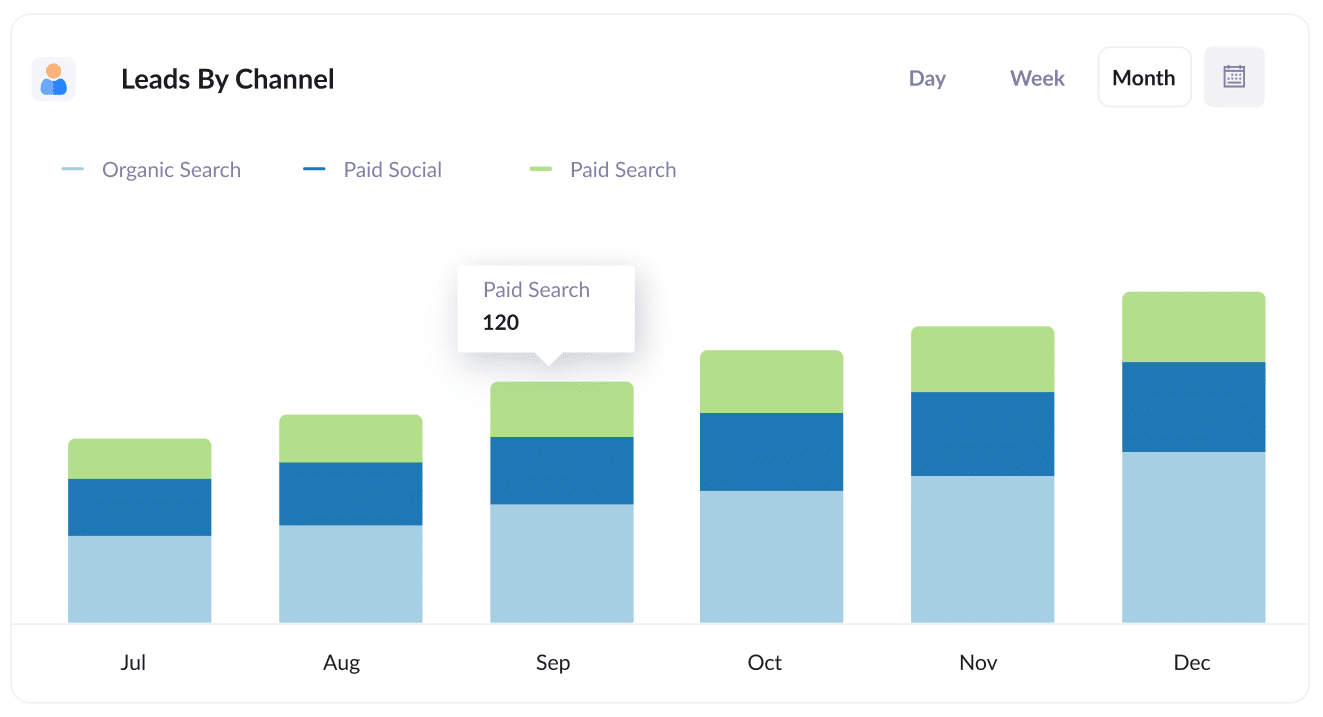
Because Attributer captures the source of every lead, not just those from paid campaigns, you can create reports that track monthly lead volume by channel.
This high-level overview helps you identify which channels are performing best and where you should be focusing your efforts.
For instance, if most of your leads are coming from Organic Search while a significant portion of your budget is allocated to Paid Search ads, it may be a signal to shift some of that budget.
2. Leads by Meta Ads Network
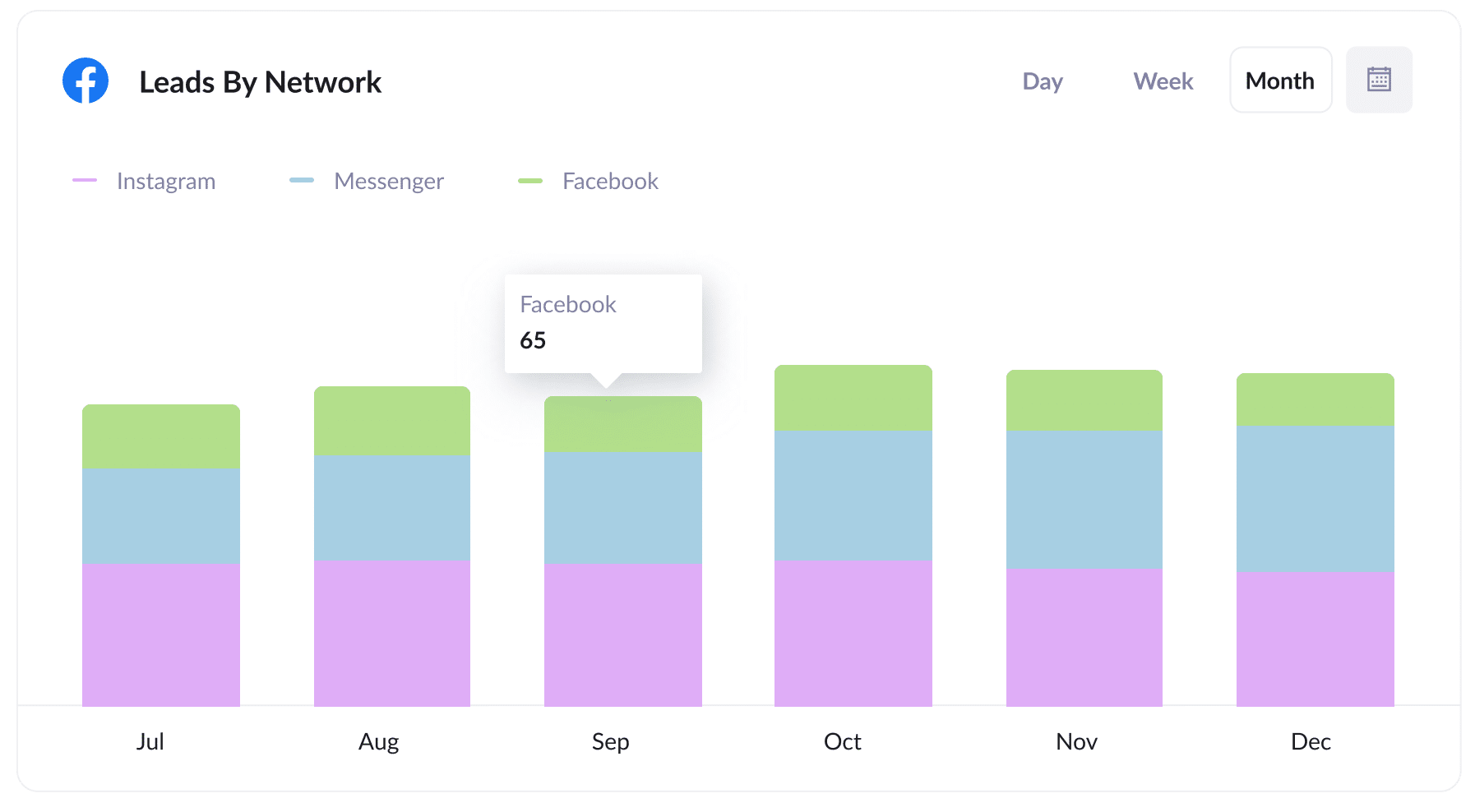
If you’re running Meta Ads, your campaigns are likely reaching audiences across various Meta platforms such as Facebook, Instagram, Messenger and more.
This type of report allows you to pinpoint which platform is generating the most leads for your business.
With this data in hand, you can strategically adjust your budget to concentrate on the platforms that are delivering the best results, optimising your marketing spend.
3. Customers by Google Ads campaign
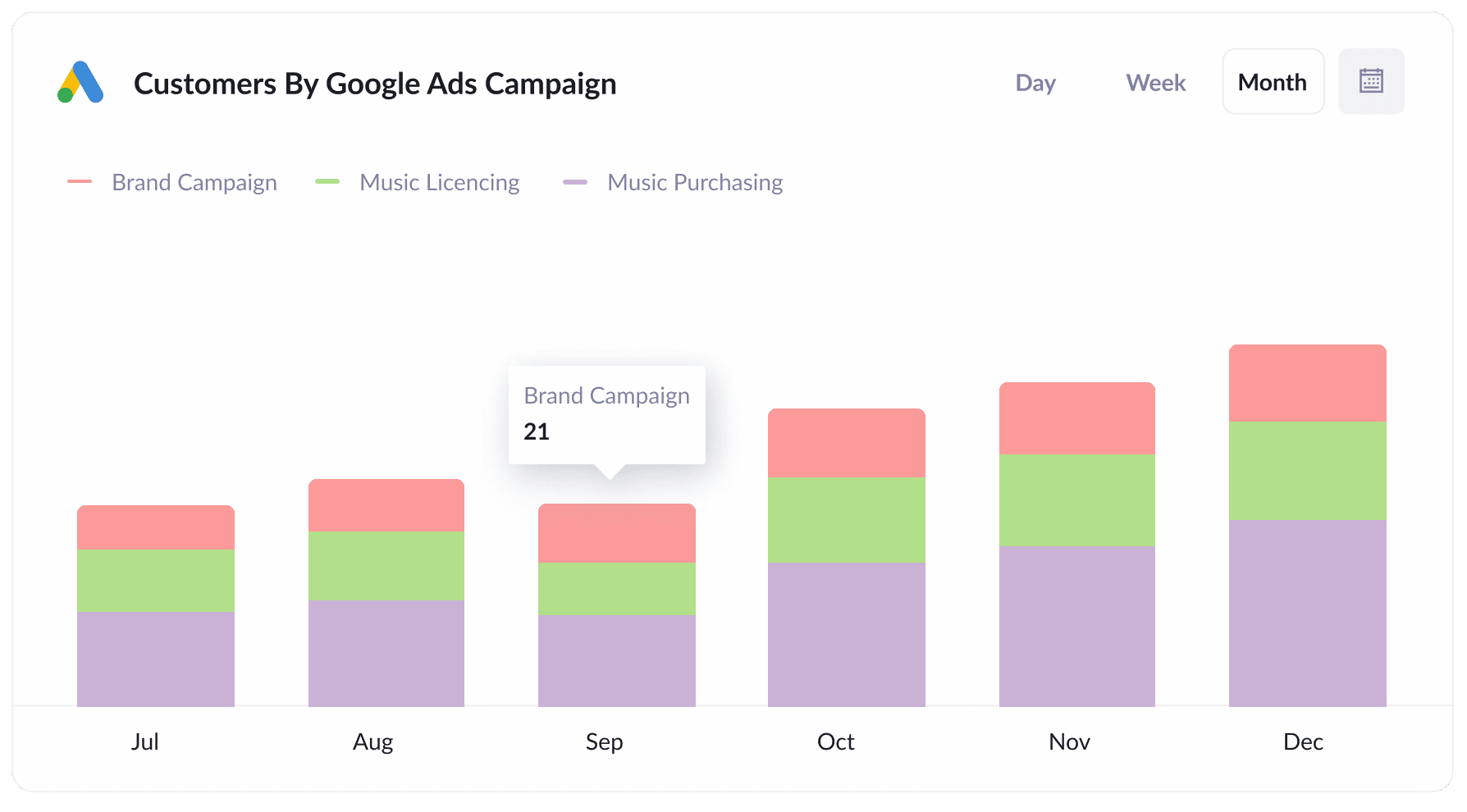
If you're like most businesses, you likely have multiple campaigns running within your Google Ads account. Some may target brand keywords, while others focus on competitor terms, and you might have some other campaigns set up to promotoe your various products & services.
This is where this report is useful. It breaks down the number of customers gained each month from each individual campaign.
With this level of detailed reporting, you can make more informed, data-driven decisions about your budget. For example, you might decide to allocate more funds to the high-performing campaigns and pull back from those that aren't delivering as expected.
4. Revenue by Keyword
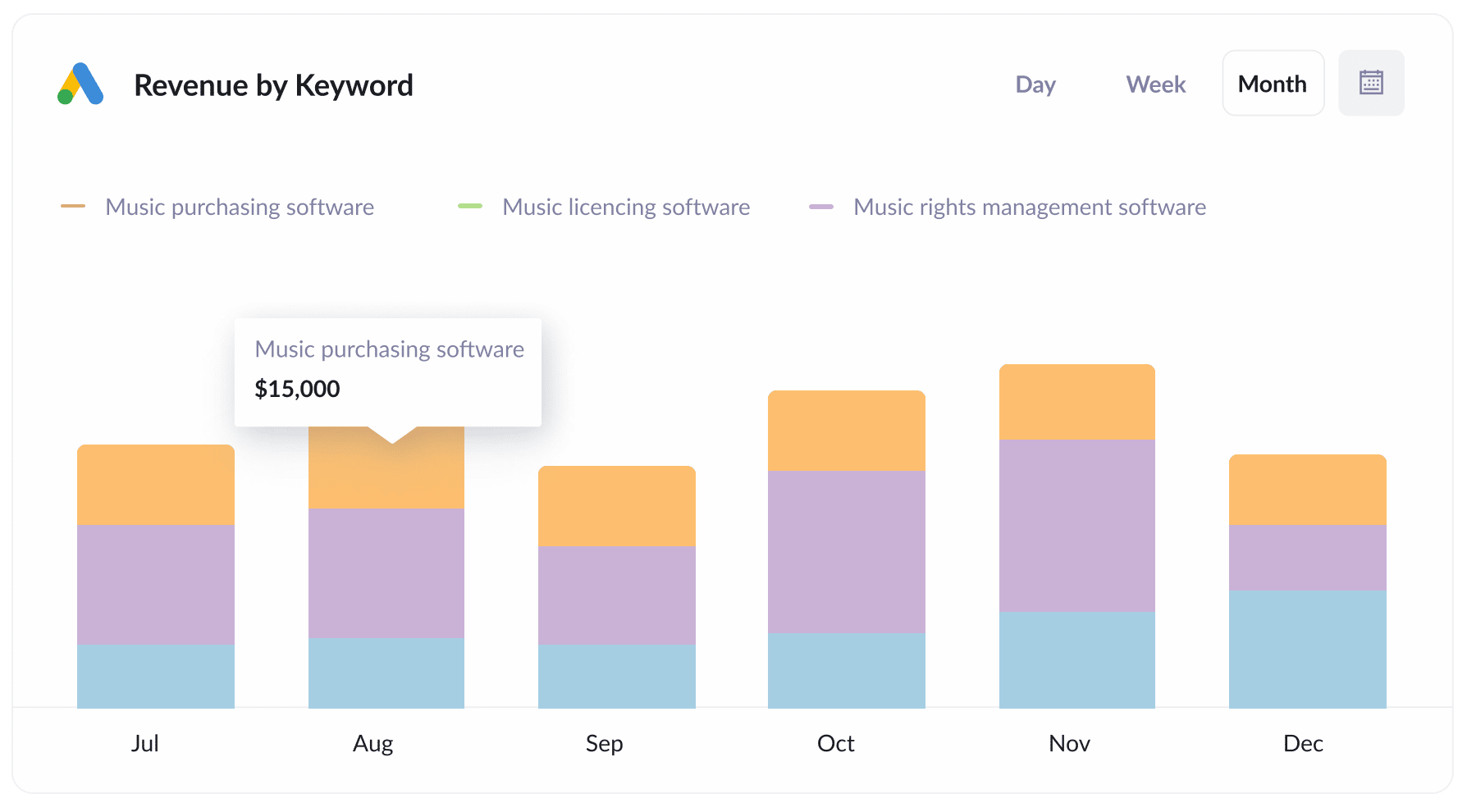
By including the keyword in the UTM parameters for your Google Ads (which is simple to do with tracking templates), you can capture the specific keyword that the user searched for.
This allows you to clearly see which keywords are generating the best results for your business. Armed with this information, you can determine which keywords are worth increasing bids on to boost your impression share or improve your ranking.
How Attributer helped Qwilr track the source of all their leads and customers
Qwilr is an Australian software company that helps businesses send their sales proposals as beautiful, interactive webpaages (instead of boring PDFs).
They generate leads in a variety of ways, including free trial sign-ups, demo bookings with their sales team, live website chats, and webinar registrations. Before using Attributer, they could only track the source of leads who signed up for a free trial. They had no visibility into where leads from demos, chats, or webinars were coming from.
That changed once Attributer entered the picture.
Because Attributer works with multiple form builders and chat tools, Qwilr was able to capture UTM parameters and lead source data across all of their lead conversion points. So whether someone booked a demo, started a chat with a sales rep, or signed up for a webinar, Attributer automatically passed the relevant data (including UTM parameters) into their CRM.
Qwilr was then able to use this data to build marketing dashboards that showed them what was working and what wasn't.
For example, they were running several Google Ads campaigns, including search, display, and performance max campaigns. The data from Attributer revealed that display and performance max were generating a significant amount of traffic, but very few leads and customers. Search campaigns, on the other hand, delivered a much higher number of qualified leads. And by shifting their budget to focus more on the search campaigns, Qwilr was able to win more customers at a lower cost.
“Attributer gives us clean, structured marketing attribution data across all our various lead sources. It’s helped us know what paid campaigns are working, how certain types of content perform, how our SEO efforts are tracking, and more”

Mark Tanner - Co-Founder & Chief Revenue Officer
Get Started For Free
Start your 14-day free trial of Attributer today!

About the Author
Aaron Beashel is the founder of Attributer and has over 15 years of experience in marketing & analytics. He is a recognized expert in the subject and has written articles for leading websites such as Hubspot, Zapier, Search Engine Journal, Buffer, Unbounce & more. Learn more about Aaron here.
